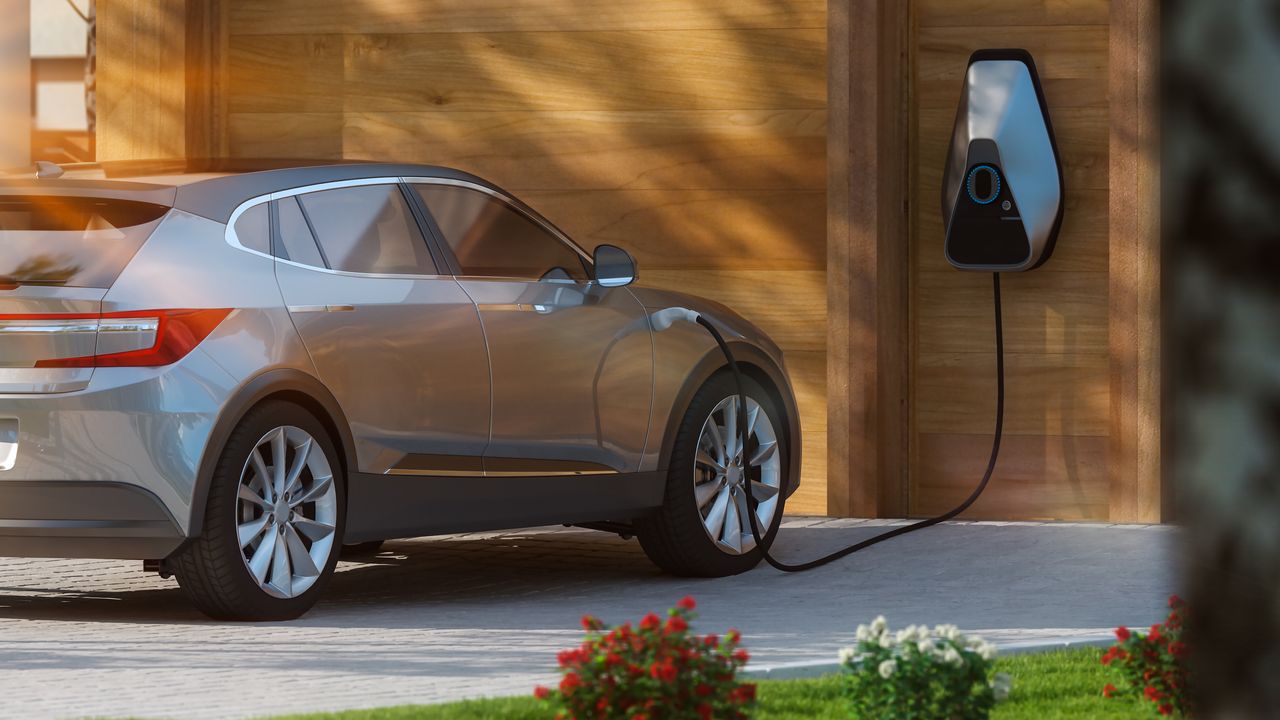Smart Grid Technology: Enhancing Grid Stability, Optimization, and Communication
With the increasing demand for electricity and the integration of renewable energy sources, traditional power grids are facing numerous challenges. To address these challenges, smart grid technology has emerged as a promising solution. Smart grid technology encompasses a range of innovative tools and techniques that aim to improve grid stability, optimize energy distribution, and enhance communication between various components of the power system.
Grid Stability
Grid stability refers to the ability of a power system to maintain a balanced and reliable supply of electricity. Traditional grids often struggle to handle fluctuations in electricity demand and supply, leading to blackouts and other disruptions. Smart grid technology offers advanced monitoring and control mechanisms that enhance grid stability.
One key aspect of grid stability is the integration of renewable energy sources, such as solar and wind power. These sources are intermittent and can cause fluctuations in the grid. Smart grids utilize real-time monitoring and forecasting to anticipate these fluctuations and adjust the power supply accordingly. By integrating energy storage systems, such as batteries, smart grids can store excess energy during periods of low demand and release it during peak demand, ensuring a stable supply of electricity.
Furthermore, smart grids enable the implementation of advanced control algorithms that can automatically detect and isolate faults in the system. This capability allows for quicker response times and minimizes the impact of disruptions, improving overall grid stability.
Grid Optimization
Grid optimization involves improving the efficiency and reliability of energy distribution within the power grid. Traditional grids often suffer from transmission losses and inefficient energy management practices. Smart grid technology offers several solutions to address these issues.
One of the key components of grid optimization is the deployment of advanced metering infrastructure (AMI). AMI enables two-way communication between the utility company and the consumers, providing real-time data on energy consumption. This data allows for more accurate billing, demand response programs, and the identification of energy-saving opportunities.
Smart grids also incorporate distribution automation systems, which use sensors and communication networks to monitor and control the flow of electricity. These systems can detect faults, reroute power, and optimize the distribution of energy, reducing transmission losses and improving overall grid efficiency.
Smart Grid Communication
Communication is a vital aspect of smart grid technology, enabling seamless coordination between various components of the power system. Smart grid communication involves the use of advanced networking technologies and protocols to facilitate data exchange and control commands.
One of the key communication technologies used in smart grids is the Internet of Things (IoT). IoT devices, such as smart meters and sensors, collect and transmit data in real-time, allowing for better monitoring and control of the grid. This data can be analyzed to identify patterns, optimize energy distribution, and improve grid performance.
Moreover, smart grid communication enables demand response programs, where consumers can adjust their energy usage based on real-time pricing signals or grid conditions. This two-way communication empowers consumers to actively participate in grid management and promotes energy conservation.
In conclusion, smart grid technology offers a range of benefits to the power industry. By enhancing grid stability, optimizing energy distribution, and improving communication, smart grids pave the way for a more efficient, reliable, and sustainable power system. As the demand for electricity continues to grow, the adoption of smart grid technology becomes increasingly crucial in ensuring a resilient and future-proof energy infrastructure.
